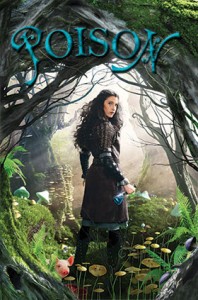
One of the best things about being a writer is getting to know other writers. We’re a quirky bunch, I tell you! So when poet Drew Myron and novelist Rosanne Parry invited me to join an online conversation about writing process, I jumped on board. Who wouldn’t want to listen to a bunch of writers spill the inner workings of their wordy brains?
In a series of blog posts like this one, we’ll each answer four questions about our writing process. You’ll get to see behind the scenes and discover some new books along the way.
Once you get a taste of Drew’s evocative, tender language, I know you’ll crave more. Visit her writing process post here and a link to her books here.
Rosanne is a master of middle grade fiction. She creates deftly-drawn characters who never let you go. Her writing process interview will post to her blog on the 17th, and her books, including the amazing WRITTEN IN STONE are here.
And on to my personal variety of writer-geekdom…
What are you working on?
I’m working on a project that scares me. And that’s good. It’s pushing me way out of my comfort zone in topic—it’s a young adult anthology of essays by women about losing their virginity—and in process because I’m acting as an editor for the contributors, something I have never done before.
But in spite of my jitters about how such an edgy book will be received, I am more convinced every day of its importance. I hope that the book will empower readers to take charge of their own sexuality, whether that means saying no or saying yes. If young women don’t, someone else will take charge of it for them.
THE V-WORD will be published in 2016 by Beyond Words, an imprint of Simon & Schuster.
How does your work differ from other writers in your genre?
The only book on the shelves that I think is comparable to this one is LOSING IT, an anthology of short stories by YA writers. It’s a brilliant collection and you should read it, but it’s fiction. THE V-WORD is 100% true, and you’ll be astounded by the raw honesty of these talented writers. Every day I’m grateful that I have the opportunity to bring these stories to the readers who need them.
Why do you write?
Because I am stubborn and complicated and I like stories of all kinds.
What is your writing process?
My nonfiction books are usually sold on proposal so I do a lot of research up front. I need to have a very good sense of the story I am trying to tell and the shape it will take before any writing begins. The key to nonfiction is finding the right structure to carry the focal theme through to the end. After the book is under contract, the editor and I will refine the structure and outline together. With all that groundwork done, I start writing and add in research as needed.
For fiction, most of the pre-writing I do is around finding the voice of the main character. Once I have a sense of who this person is, then I generate a rough outline of the plot. The details sort themselves out as I proceed with drafting, my favorite part. After the first draft, comes the scissor-stage where I cut the thing apart and tape it back together. I have come to accept that there will always be radical and painful change.
But like I said, I’m stubborn.
________
Now I invite you to visit the blog of Kiersi Burkhart, who most famously described me as “stubborn as fuck.” She’s a fun and feisty writer of middle grade and YA fiction as well as a contributor to THE V-WORD.
While you’re on the move, I encourage you to visit Ruth Feldman, writer of historical YA time travel novels. Ever wondered about the connections between free speech, LSD and medieval Paris? Look no farther than THE NINTH DAY.
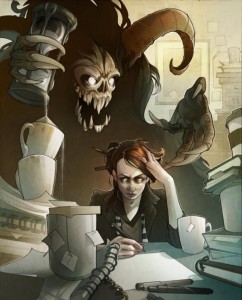
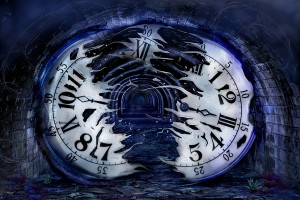
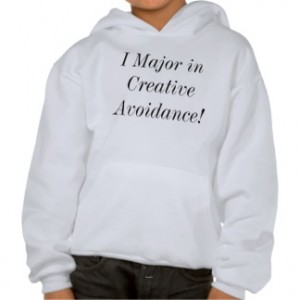
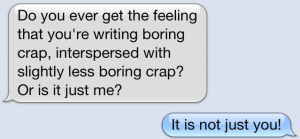

 Even as the number of titles featuring zombies, dystopias, ghosts, murders, etc have surged, peaked, and ebbed, I’ve notice one thing that doesn’t seem to be changing. There are a whole lot of main characters who have to, at least according to the log line, SAVE THE FREAKING WORLD. Think Bruce Willis plus asteroids for the YA set. Confession: I’ve written log lines like this for my own book. (Hangs head in shame. Plans to revise.)
Even as the number of titles featuring zombies, dystopias, ghosts, murders, etc have surged, peaked, and ebbed, I’ve notice one thing that doesn’t seem to be changing. There are a whole lot of main characters who have to, at least according to the log line, SAVE THE FREAKING WORLD. Think Bruce Willis plus asteroids for the YA set. Confession: I’ve written log lines like this for my own book. (Hangs head in shame. Plans to revise.)